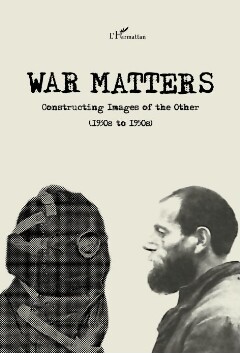Oldal 419 [419]
Silesia—Stranger/Not Stranger. Creating Regional Identity
ception would help them to develop feeling of being at home. Moreover, the il¬
lustrations conveyed the message to voices demanding revision of the new Poland’s
borders, claiming that the Regained Territories were and are Polish and have the
same historical roots as all other Polish regions.
As I already mentioned, the authors of the photos are either unknown or un¬
certain. Some pictures were probably taken by German photographers before the
war. In this situation the interpretation of the photos must be based on their con¬
text, that is the magazine in which they were published, and its time. SMI can be
seen as a guidebook to the Regained Territories. Objects presented on its pages
can be also found in today’s books listing places in the region that deserve to be
visited—outstanding architectural monuments or natural attractions. Illustrations
with historical commentary would create, according to the intentions of the edi¬
tors, an atmosphere of objectivity. However, a close look reveals that certain specific
historical topics are repeated, all of them related to the Piast Dynasty. In contrast,
events of other periods are treated much more superficially. It is especially true of
the time when Silesia was within the zone of German political and cultural influ¬
ence. In fact this process had already started during the lifetime of the last Piasts,
what was also omitted. Such a selective narration corresponds with the editors’ ob¬
jectives. They showed only those elements that could be linked with the history of
Poland and used to create a Polish identity for the Regained Territories. Today was
presented using peaceful landscapes, children playing and people at work, that is,
pictures of everyday life. In that way the editors were shaping (or rather manipulat¬
ing) their readers’ perceptions of the Regained Territories. In this respect, remarks
by Krzysztof Olechnicki, that creating knowledge and creating photos are “social
processes, in the context of which ‘reality’ and its perception appear as products of
a cultural character, i.e. as changeable and ephemeral” are interesting (Olechnicki
2003: 129; translation by E. Baniowska-Kopacz). These remarks can be applied to
the photos from the magazine. Each of them was the pretext for telling a story. All
of them taken together paint a broad picture of today and past realities perceived
through the prism of the editors. In the case analysed here we observe the crea¬
tion of knowledge through the selection of photos. Therefore, the picture of the
Regained Territories in the journal mainly reflects the point of view of its editors,
who had the objective of shaping reality according to actual needs.
Sources
Slask. Miesiecznik Mustrowany (‘Silesia. Monthly Illustrated’) 1946, no. 1; no. 2; nos 3-4; nos 5-6; no. 7;
nos 8-9.
Slask. Miesiecznik Ilustrowany (‘Silesia. Monthly Illustrated’) 1947, nos 2-3; nos 4-5; nos 6-7; nos 8-9.
417

